ROOM: The Space magazine is one of the top magazines on space exploration, technology and industry. At ROOM, we share a common objective – advancement of peaceful space exploration for the benefit of humankind, all while bringing you throughly researched articles on an assortment,a range of popular topics. Our authors include academics and industry leaders from all over the world, which lets us bring you timely and detailed information about planetary and space science journal impact factor.
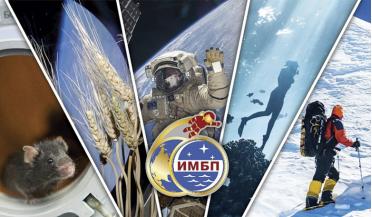 September 2023
The Institute of Biomedical Problems - Sixty years of contributing to the development of space biomedicine
September 2023
The Institute of Biomedical Problems - Sixty years of contributing to the development of space biomedicine
... nation’s Academy of Sciences and the Academy of Medical Sciences, the Ministry of Health and other institutions, as well as with young professionals from higher educational institutions and space industry enterprises. The country...of the Institute has been to perform advanced research aimed at studying the impact of extreme space environment factors on humans and other bio-objects. Such studies help to substantiate ways of preventing pathological ...
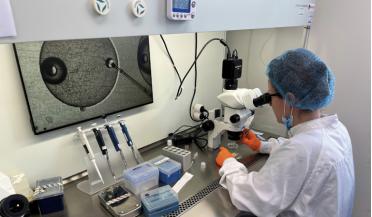 April 2025
Pioneering human reproduction in space
April 2025
Pioneering human reproduction in space
... company that researches and enables the conditions for human reproduction in space, while improving IVF on Earth. Egbert is passionate about accelerating space life science research, helping humanity beyond the next frontier by becoming a multi-planetary species. He earned his...
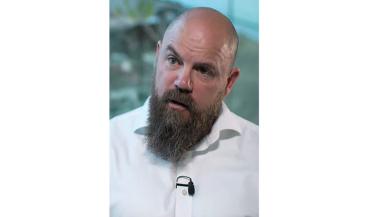 September 2023
Getting a grip on space sustainability and space debris
September 2023
Getting a grip on space sustainability and space debris
...our approach as possible. George Freeman MP, UK Minister of State for Science, Research and Innovation, has been leading a series of round tables on space sustainability, space standards and space policy, to ensure that everyone has a say. With regard to...it back. We need to remain cognisant of the twin drivers of commercial sustainability and space sustainability. And certainly, we’re very plugged in to what the academic community is doing, with ...
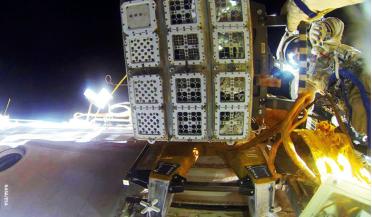 September 2023
How microorganisms survive space travel
September 2023
How microorganisms survive space travel
...space science, as it impacts not only crew survival on long-term space missions, but also the implications of contamination – from space to Earth or from Earth to space. Here, the authors describe a number of space... impact of space factors on biological objects in relation to the planetary quarantine problem. It established, for the first time, the process of long-term exposure of microorganisms and ‘artificial substrates’ in outer space ...
 September 2019
A new era in planetary defence missions
September 2019
A new era in planetary defence missions
...demonstrating the kinetic impactor technology for planetary defence, but there is much more to be done to fully understand the Didymos system and to evaluate the DART impact. The European Space Agency’s Hera spacecraft therefore makes... (APL) in Laurel, MD, USA. She received an undergraduate degree in physics at Rice University and a PhD in planetary science at the University of Arizona. She has been a member of five field teams with the Antarctic...
 June 2017
Space economics - industry trends and space investing
June 2017
Space economics - industry trends and space investing
... Impact of space policy In addition to capital sources, space policy can have a large impact on industry dynamics and the economics of space In addition to capital sources, space policy can have a large impact on industry dynamics and the economics of space.... angel capital and continuing on the capital lifecycle fly wheel. Space policy can also be helpful in terms of protecting intellectual and property rights. For example, Planetary Resources, a...
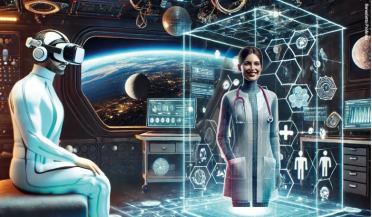 October 2024
Revolutionising space medicine and global health through virtual and augmented reality
October 2024
Revolutionising space medicine and global health through virtual and augmented reality
..., he worked at Marshall Space Flight Center, Goddard Space Flight Center and NASA Headquarters before retiring in December 2022. During his 42-year career at NASA, Jim was NASA’s Chief Scientist and was the longest serving director of the Planetary Science Division.
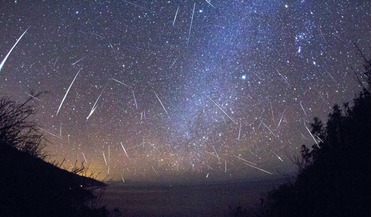 November 2019
UAE meteor and debris monitoring network
November 2019
UAE meteor and debris monitoring network
... and space debris is an essential aspect of the field of space and astronomy today both for scientific importance and for planetary defence Monitoring meteors is an essential aspect in the field of space and astronomy... a Research Assistant at the Meteorites Center in the Research Laboratories and Observatory department at Sharjah Academy for Astronomy, Space Sciences and Technology. She received a BSc degree in industrial engineering & engineering...
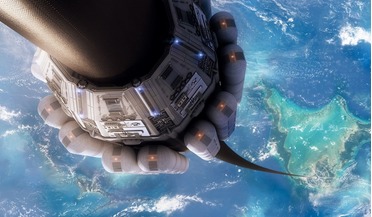 February 2019
The Space Elevator – an alternative path to space?
February 2019
The Space Elevator – an alternative path to space?
...down to the ground in Earth’s gravity field In principle a space elevator can be built with known tether materials if the taper factor of the tether is large enough. However, a large taper ..., Huntsville, 2000. 15 J. Pearson, J. Carroll, E. Levin and J. Oldson, “ElectroDynamic Debris Eliminator (EDDE): Design, Operation, and Ground Support,” in Advanced Maui Optical and Space Surveillance Technologies Conference, Maui, HI, 2010. 16 B. M. Wiegmann,...